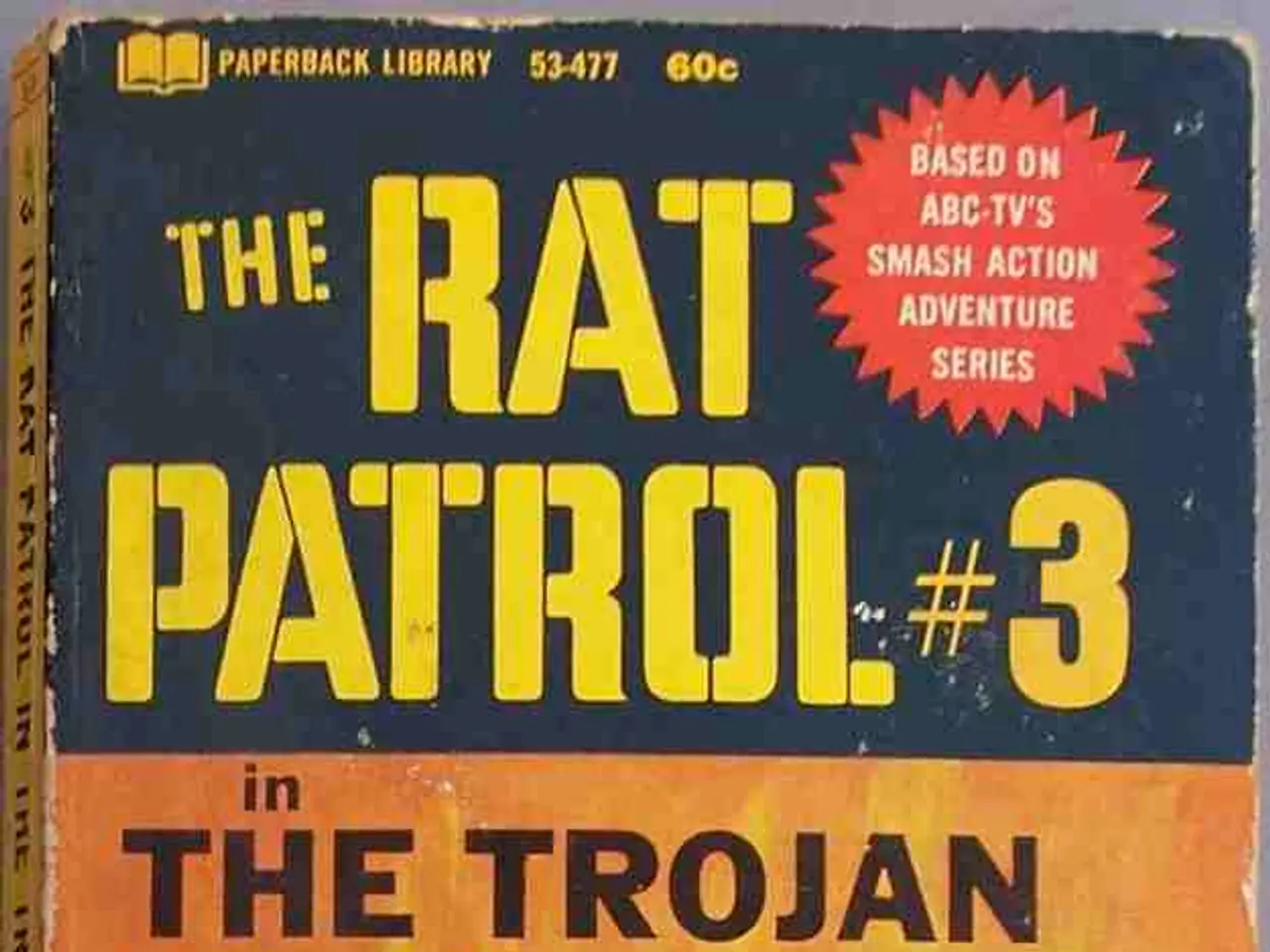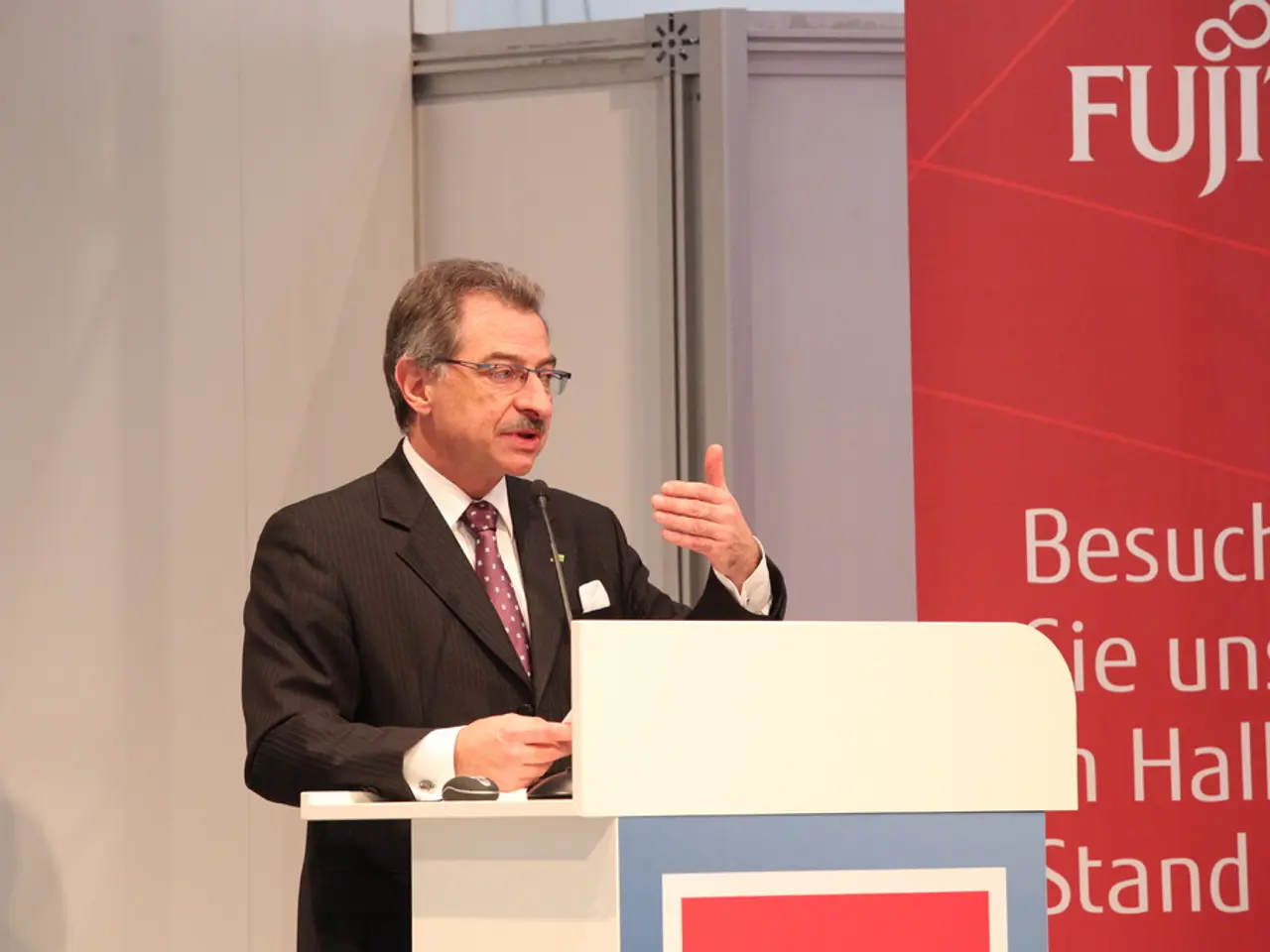Discussion on Irregular Warfare Podcast: The Challenges Faced by Terrorist Organizations
In a thought-provoking discussion hosted by Jeff Phaneuf and Adam Darnley-Stuart, Retired Colonel Chris Costa, the executive director of the International Spy Museum, and Dr. Jake Shapiro, author of "The Terrorist's Dilemma: Managing Violent Covert Organizations," delve into the complexities of counterterrorism policy.
Dr. Shapiro's book sheds light on the inherent tension, or the "terrorist's dilemma," that terrorist organizations face between maintaining secrecy and cohesion, and operational effectiveness. This tension can be exploited by counterterrorism campaigns to destabilize violent covert groups from within.
To amplify internal distrust and operational risks within terrorist groups, strategies can be employed such as:
- Enhancing intelligence and surveillance to increase the perceived risk of infiltration and betrayal.
- Implementing targeted disruption tactics that force organizations to expend resources on internal security rather than external operations.
- Exploiting internal organizational weaknesses by encouraging defection, sowing misinformation, or leveraging ideological fissures.
- Carefully using arrests and preventive detentions at moments that maximize organizational disruption without revealing intelligence sources prematurely.
- Utilizing legal and policing measures that enable covert monitoring with minimal disruption to normal civil liberties.
For government agencies to effectively leverage these insights, they must:
- Understand the dual pressures terrorist groups face and how actions forcing secrecy or transparency will affect organizational dynamics.
- Avoid strategies that overly militarize responses in ways that can strengthen group cohesion or recruitment.
- Invest in long-term intelligence capabilities and community engagement to identify and exploit fissures.
- Employ interdisciplinary approaches combining intelligence, policing, legal frameworks, and psychological operations to maintain pressure on organizational structure.
- Recognize that disruption, rather than direct elimination, can be an effective goal in weakening covert terrorist networks.
- Adapt strategies continuously to account for evolving terrorist tactics and communication methods.
Counterterrorism informed by the terrorist’s dilemma focuses on intensifying the internal conflicts and vulnerabilities of covert organizations, rather than merely applying external force. This method contributes to dismantling terrorist capacity by making organizational survival more difficult and costly.
To stay updated with this insightful discussion, subscribe to the Irregular Warfare Podcast on your preferred podcast app, including Apple Podcasts, Stitcher, TuneIn, Spotify, and others. By understanding the "terrorist's dilemma," government agencies can better equip themselves to counter terrorist threats and maintain public safety.
[1] Dr. Jake Shapiro, "The Terrorist's Dilemma: Managing Violent Covert Organizations." [2] Retired Colonel Chris Costa, Executive Director, International Spy Museum. [3] Dr. Jake Shapiro, Director, Empirical Studies of Conflict Project, Princeton University. [4] Jeff Phaneuf and Adam Darnley-Stuart, hosts, Irregular Warfare Podcast.
- The "terrorist's dilemma," as detailed by Dr. Jake Shapiro in his book, reveals the inherent tension that terrorist organizations face in balancing secrecy and cohesion with operational effectiveness, providing opportunities for counterterrorism campaigns to destabilize these groups from within.
- To create internal distrust and operational risks within terrorist organizations, strategies can be employed such as escalating intelligence and surveillance, implementing targeted disruptions, exploiting organizational weaknesses, and using arrests and detentions tactically, while maintaining covert monitoring and adhering to minimal disruption of civil liberties.
- For effective implementation of these counterterrorism insights, government agencies must comprehend the dual pressures terrorist groups face, shun overly militarized responses that strengthen group cohesion, invest in long-term intelligence and community engagement, adopt interdisciplinary strategies, and continually adapt to evolving terrorist tactics and communication methods.
- Counterterrorism efforts informed by the "terrorist's dilemma" focus on intensifying internal conflicts and vulnerabilities of covert organizations, ultimately aiming to dismantle their capacity by making organizational survival difficult and costly, rather than solely applying external force.







